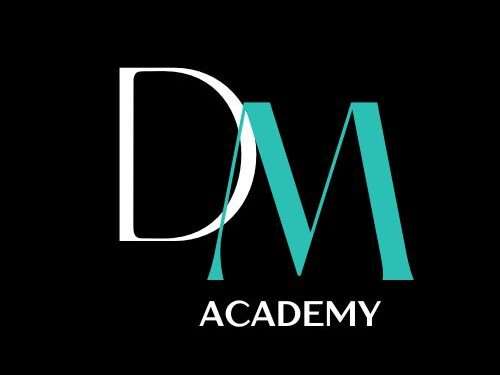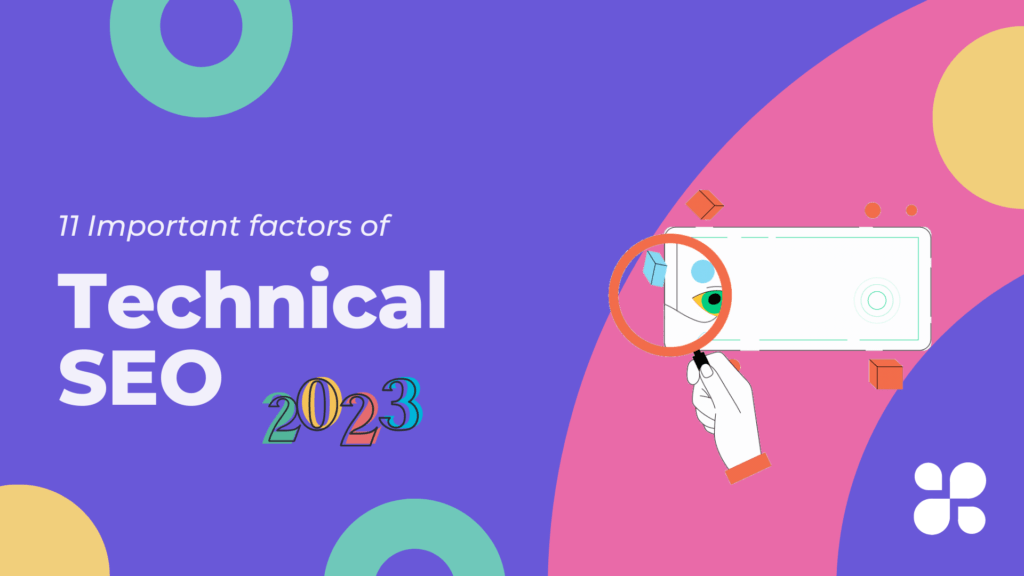
While talking about optimization, on-page SEO plays an important role in achieving higher rankings in a search engine’s organic results and running successful SEO campaigns.
Whether your website is a business or a blog site doesn’t matter. Making it search-engine friendly will maximize your chances of getting more organic traffic.
By reading this post, You’ll understand “On-page SEO techniques” and how to use them to get a ranking on the SERP.
What is On-page SEO?
On-page SEO (or) On-site SEO is a method to optimize your site’s website contents (like Title tag, H1, H2, H3, H4) that will help rank on SERP.
Based on Google, there are three main ranking factors: technical SEO, on-page SEO and off-page SEO:
-
- Off-page SEO refers to link building, PPC campaigns, Social media sharing, and many more.
-
- Technical SEO involves optimizing site load time, making your site mobile-friendly, and using SSL (Secure sockets layer) to keep user data secure.
Why is On-page SEO important?
Optimizing the website’s on-page elements will help crawlers comprehend your site and how well your content creates value for the visitors.
During Indexing and ranking, google seeks to get web pages with more values relevant to the searcher query.
To get more organic traffic, You need to optimize your content to make it better understand by crawlers. Let’s see the On-page elements in detail.
On-page SEO elements:
-
- Title Tags.
-
- Headers.
-
- Meta description.
-
- Content Quality.
-
- Internal links.
-
- Sitemaps.
-
- Image-alt text.
-
- Mobile responsiveness.
-
- Site speed.
Title Tags
The title tag is necessary for on-page SEO because it is one of the most important factors that search engines use to determine the relevance and authority of a webpage.
A well-written and descriptive title tag can improve a webpage’s visibility and click-through rate in search engine results.
Additionally, it can inform users about the webpage’s content and encourage them to click through to the site.
-
- Make the title tags of your pages under 60 characters. Google doesn’t have a limit to characters; it displays a max of 60 characters.
-
- Optimize your Title tag with Targeted keywords; This makes your website relevant to visitors and search engines.
-
- Include your brand name at the end of the title tags. (i.e.) “Optimizing website using On-page SEO elements – yoursite.com”
Headers
Headers are represented as <h1>, <h2>, <h3>, <h4>..etc. Every page must have one H1 tag (not more than one time), which must be an overarching summary of the page with targeted keywords on it.
Use your header tags in this respective hierarchy “<h1>” followed by <h2>, <h3>, <h4> and so on.
Using important and targeted keywords in the h2 and h3 tags relevant to your content helps crawlers better understand your content and its relevancy to the searcher’s query.
Meta description
Meta descriptions are short summaries of your page. It appears under the title in the SERP results. It’s not a factor that search engines consider for ranking, but it influences your visitors to click.
-
- Avoid using characters like ( &, -, @) and use sentences with compelling sentences.
-
- Include your entire targeted keywords.
Site speed
Site speed comes under Technical SEO, but it is important to create a better on-page experience for your visitors.
Site speed is how long it takes to load the whole content on the page on the desktop & mobile.
If your site loads slowly, it impacts your conversion rate and ROI. It was affected by various factors like your website Hosting server. Based on the quality of your hosting, impacts your site speed directly, because of latency.
Latency -> The time taken for data to travel from the server to your browser.
Use Google’s page speed insights tool to check your website’s speed It gives suggestions to optimize your page. By implementing page speed insights suggestions you could optimize your site performance.
Content Quality
To create quality content, choose relevant keywords and topics. Conduct keyword research by searching for the keywords your competitor’s website ranks high on SERP.
Use tools like Ahrefs, and ubersuggest for keyword research.
You can use free tools like H-supertools to find the search volume and competition for your targeted keywords.
Here are a few best steps to writing quality content:
-
- Use short and long-tail keywords. (Don’t stuff it unnaturally)
-
- Add some engaging visual content.
-
- Try to add value to your visitors by solving their problems.
-
- Developing content to be more informative will make people share.
Internal links
Internal linking is linking a webpage to other web pages of your website. It is important because it sends visitors to other pages on your website.
Keeping them around longer on your website tells Google that this site is valuable and helpful to searchers’ queries.
Also, it increases the dwell time of your website, which is one of the most important factors for google to crawl more time and rank it higher on SERP.
Sitemaps
A sitemap is a file that provides information about videos, pages, and images on your site and their relationships. It helps search engines read this file and crawl your site more effectively.
There are two sitemaps, XML & HTML.
HTML sitemaps -> It guides visitors from search to conversion.
XML sitemaps -> They guide search engines to crawl the website page to page.
Image alt-text
Image alt-text conveys to search engines what the image is all about; it displays on the page if an image fails to load.
This text helps by describing it via screen reading tools to visually impaired readers on your site and allows search engines to understand better and rank your site.
While adding alt-text, keep these in mind:
-
- Make it descriptive and more specific.
-
- Make it relevant to the context of your content.
-
- Keep it shorter, within 125 characters.
-
- Use keywords in your alt-text but don’t stuff it.
Mobile Responsiveness
Mobile responsiveness is nothing but pages which automatically reformatted to reproduce the same experience gets in the desktop.
It rescales the images larger than the screen width and helps mobile visitors read your content more easily. Use Google’s mobile-friendly test tool to check your website’s mobile readiness.
Wind up
Implementing these elements in your website optimizes your On-site and helps your site attract organic traffic.
Author
-
A Digital marketing expert with 2 Years of hands-on experience in On-page SEO, Off-page SEO, and WordPress. Currently working as a SEO Interim Manager at 7Eagles. He Completed his Master Degree MBA Specializing in Marketing and Finance. He has 2 Years of work experience in Digital Marketing Field. He Handled projects in Saas, Healthcare, Finance, Real-estate. He is strong on Handling Y.M.Y.L (Your Money Your Life) Niche projects.


